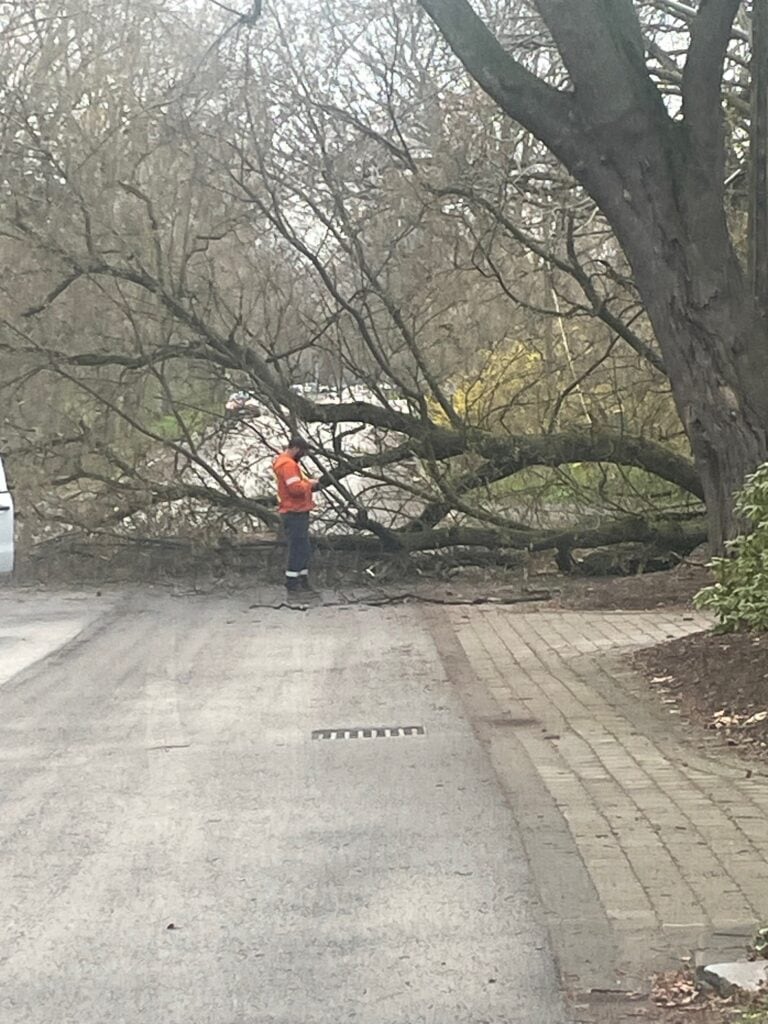Robin Jinchereau
Special to The Lake Report
The amount of food waste or recyclables finding their way into our garbage bags is falling, but there remains lots of room for improvement.
The target for the waste diversion for the region is 65 per cent and it has not yet been reached. Most of the remaining 35 per cent of items also could be recycled.
When food waste rots at the landfill it produces methane which is actually worse for the environment than carbon dioxide.
Let’s examine how we could reduce our food waste.
According to a survey done in 2017 by the National Zero Food Waste Council of Canada, 63 per cent of the food that could have been eaten is wasted.
This amounts to 140 kilograms per household and $1,100 per year. The survey estimates vegetables compose 30 per cent of food waste, fruits 15 per cent, leftovers 13 per cent, bread/bakery 9 per cent and dairy/eggs 7 per cent.
To reduce food waste, first keep track of your fridge contents and plan your meals by using a list for shopping. While shopping, choose imperfect fruits and vegetables. Improve your knowledge about food dating.. Give food scraps to pets, consider having a backyard compost and freeze your leftovers the same day you cook them.
Another way to reduce food waste, according to the National Zero Food Waste Council, is to use perfect portions.
The size of your fist should be the quantity of rice, pasta, potatoes that would be consumed in one portion.
The size of your hand when it is open is the size of your fish or vegetables portion. Your palm is the size of a beef, pork, chicken or eggs serving. Finally one cupped hand is the appropriate quantity of fruits, nuts or seeds.
You can find illustrations at the website lovefoodhatewaste.ca.
Here are some other strategies to help you reduce food waste.
If you have fresh tomatoes and they have started to turn, remove the rotten portion and cut the rest into cubes, add a bit of salt and pepper, and freeze them instead of using canned tomatoes.
Leftover potatoes can be used once they become soft for making soups such as leek, potato and clam chowder, pea soup or a nice vegetable bisque, which you run through your blender. If you have bought too many vegetables, you can blanch them by putting them in boiling salted water for two minutes, cool and freeze to use another day.
Apples can be made into applesauce by adding sugar, cinnamon and lemon juice, cooking and blending them. It will last two weeks refrigerated and two months frozen.
Bananas where the peels have turned brown can be reused for baking as their sugar content will be high. Banana bread, banana muffins or even banana cookies are excellent uses of ripened bananas. They can create a great blank canvas to a mixed fruit smoothie. Freeze till you are ready to use them.
Great ways to use day-old bread include making croutons, creating a panzanella salad, making a stuffing in your oven even if you don't have a bird, just use Corning ware to cook the stuffing.
Alternatively you can create meals such as french toast, bread pudding and grilled cheeses. Finally if you cut the bread into small pieces, your local birds will thank you.
With dairy products such as milk or cream, don’t trust the expiry date printed on the carton, instead trust your nose and your eyes. We regularly use skim milk two weeks past the expiry date in our house as it's fine. Just remember that the higher the fat content the more likely the milk can sour quickly.
If we all make an effort to buy less, waste less we can help fight climate change.
Niagara-on-the-Lake resident Robin Jinchereau has degrees in human biology and business administration. He is retired from a long career in the pharmaceuticals industry and has been fascinated for the last 45 years about how to reduce waste.










